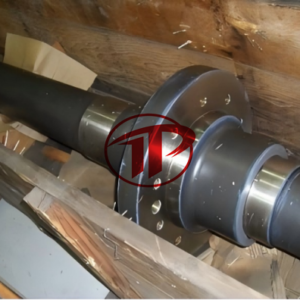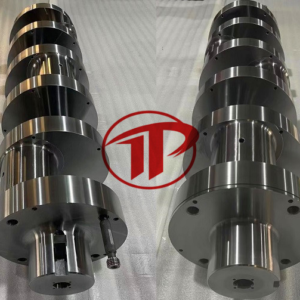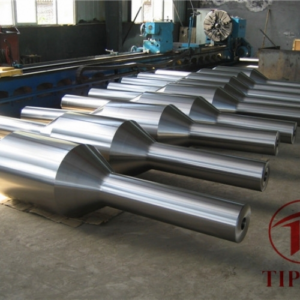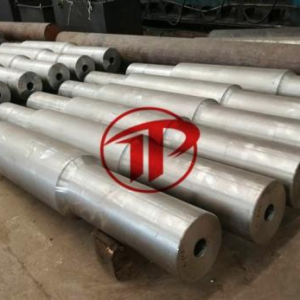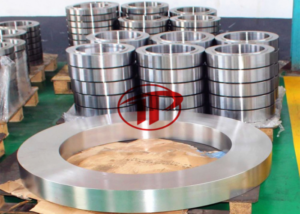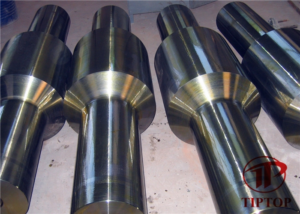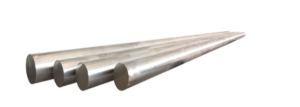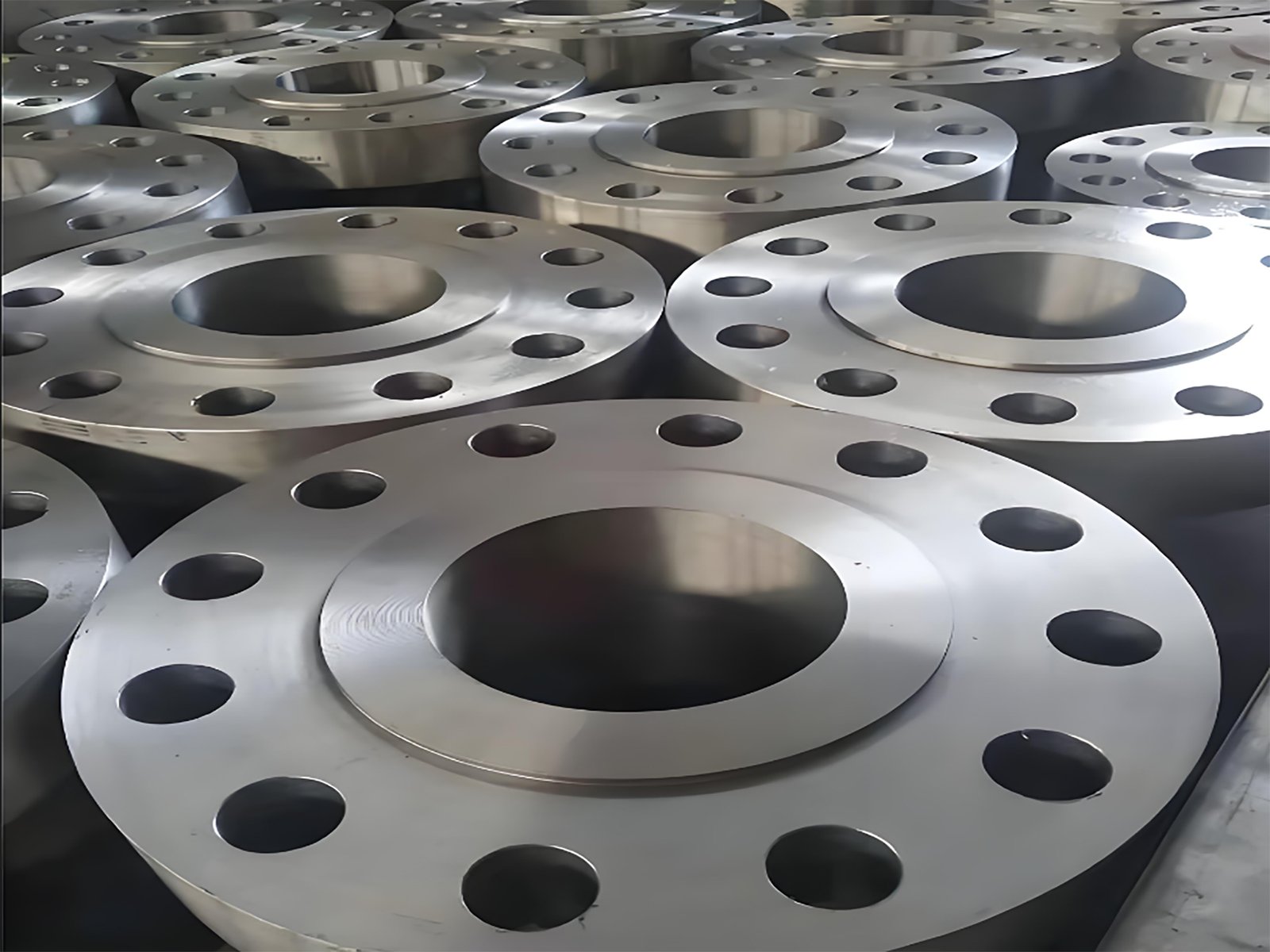Forging quality is critical for high-performance applications
The Link Between Forging Quality and Product Reliability
In high-performance environments, the smallest defect can lead to catastrophic failure. Forging amazing ensures that elements show off the mechanical strength, fatigue resistance, and dimensional integrity required to meet immoderate average overall performance demands.
Common Failures Caused by way of Poor Forging Quality
Subpar forging practices can end result in:
Internal voids and porosity
Inconsistent grain flow
Cracks or floor defects
Imprecise position and size
These defects affect the safety, performance and service life of the closure product.
Industry where high performance cannot be compromisedForging first-rate is specially imperative in:
Aerospace – turbine disks, touchdown gear, structural components
Energy – energy era shafts, turbine rotors
Automotive – high-stress crankshafts, suspension arms
Oil & Gas – drill collars, valves, and high-pressure components
-
API 8C 4145H Top Drive Main Shaft Forging
-
ASTM A29 4340/ 40CrNiMoA FORGED CRANKSHAFT FOR FRACTURING PUMP
-
China 4145H Stabilizer forgings Reamer forgings
-
China Forged Roller Reamer Body manufacturer supplier
Key Factors That Determine Forging Quality
Material Selection and Grade Integrity
Using the proper alloy and licensed grade is the basis of high-performance forging. The fabric need to offer the required strength, warmness resistance, and fatigue lifestyles for its end-use application.
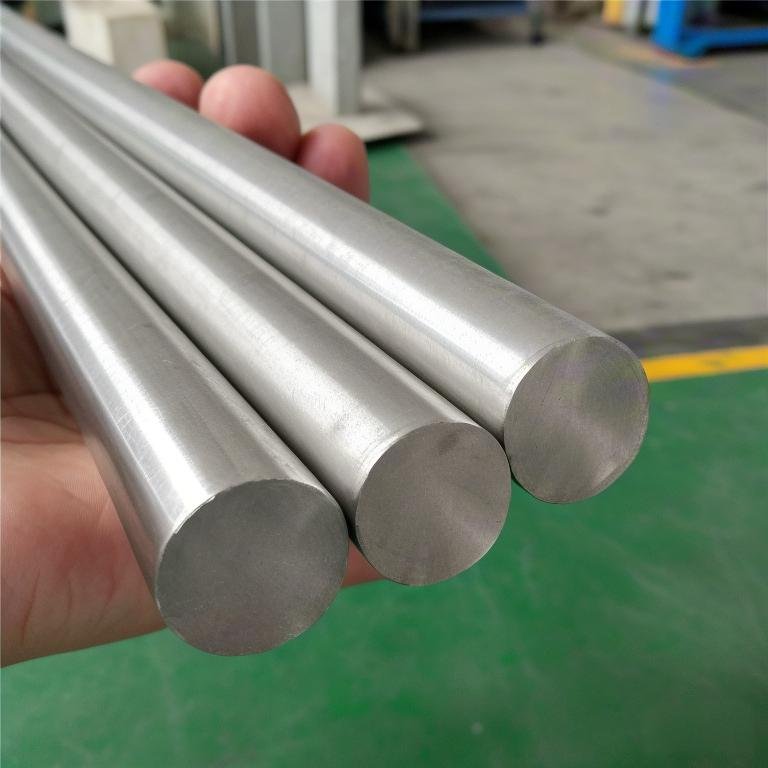
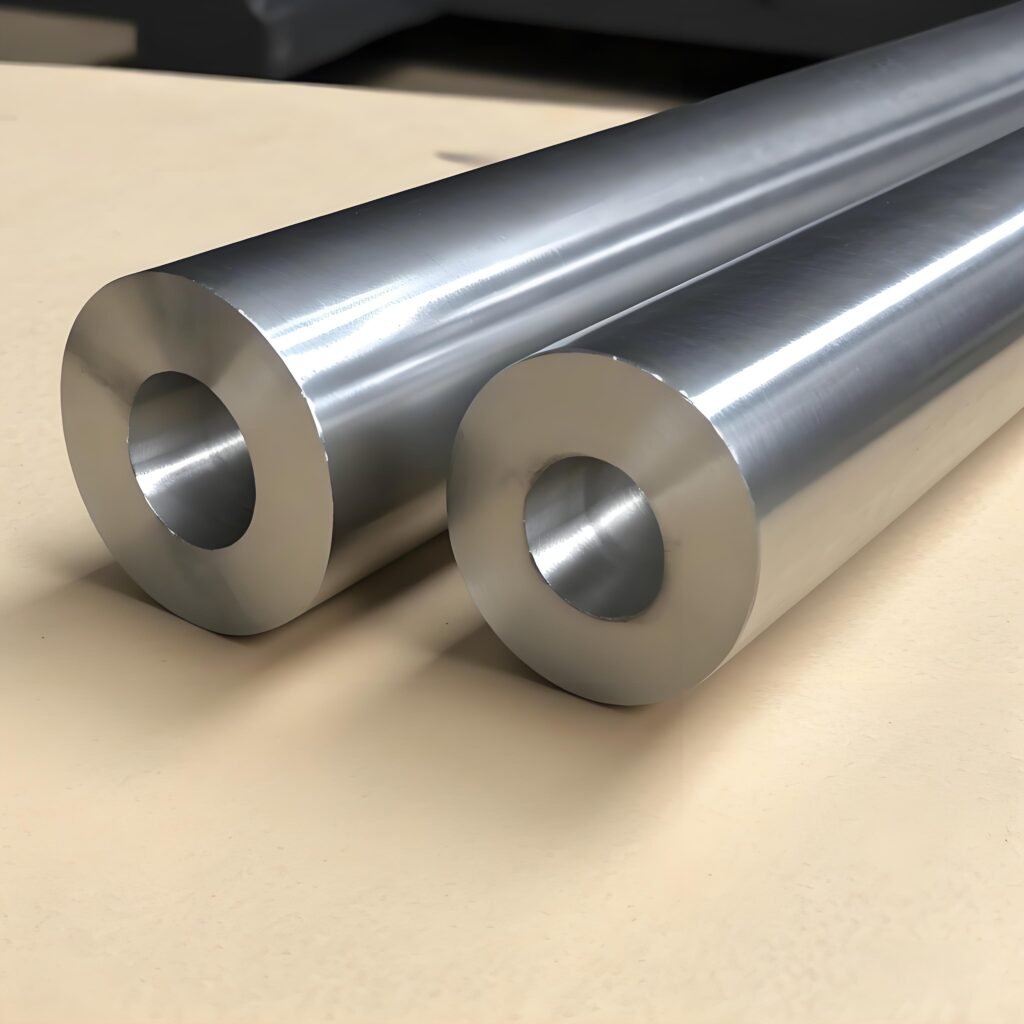
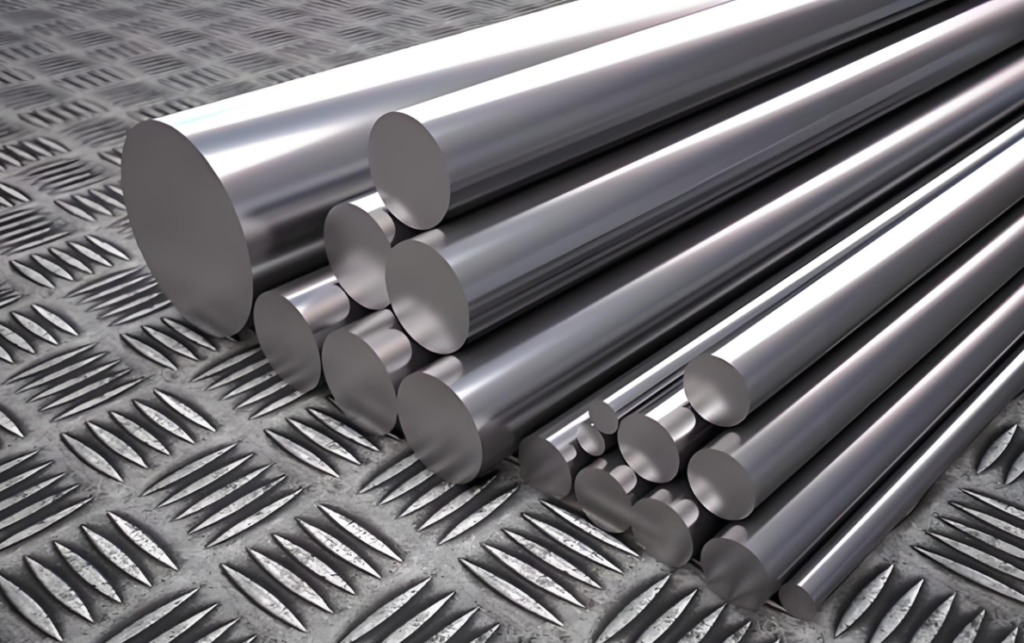
Precision in Die Design and Tooling
Accurate die geometry and custom tooling contribute to:
Consistent part dimensions
Proper grain flow orientation
Minimized post-forging machining
Controlled Heating and Forging Temperatures
Precise thermal management prevents:
Grain growth
Uneven deformation
Cracking during processing
A regular heating technique is indispensable for retaining metallurgical integrity.
Strict Quality Control and Testing Standards
High-quality forging involves:
Non-destructive trying out (UT, MPI, X-ray)
Mechanical property verification (tensile, impact, hardness)
Dimensional inspection the use of CMM or laser scanning
Consistent Dimensional Accuracy
Tight tolerances and consistency are fundamental for components that must:
Integrate seamlessly with assemblies
Withstand dynamic or cyclical loads
Function in high-pressure or high-temperature environments
How High-Quality Forging Enhances Performance
Improved Fatigue Resistance
Grain refinement, suited fiber alignment, and void-free buildings extensively make bigger the fatigue lifestyles of cast parts.
Better Grain Flow and Strength
Forging forces steel grains to float alongside the contours of the part, bettering tensile and yield strength, specifically in fundamental load paths.
Greater Impact Toughness
High-quality forgings can take in shock hundreds barring cracking, making them appropriate for dynamic or safety-critical functions.
Superior Corrosion and Wear Resistance
Proper forging practices can enhance:
Surface finish
Material density
Resistance to pitting, erosion, and wear
This is by and large valuable in harsh environments such as marine, mining, or chemical processing.
The Role of a Skilled Forging Partner
Engineering Expertise in Material and Process Selection
An skilled forging company will:
Recommend most appropriate metal or alloy grades
Select appropriate forging strategies (open-die, closed-die, rolled ring)
Advise on warmth cure and machining needs
Proven Processes and Industry Certifications (ISO, AS9100, etc.)



Look for partners with:
Documented quality systems
Certifications relevant to your industry
A track record of audit compliance and traceability
Customized Solutions for High-Demand Applications
High-performance applications require:
Design consultation
Tailored forging parameters
Integrated testing and certification services
Real-World Examples of Performance-Driven Forging
Aerospace Case Study – Aircraft Engine Components
Precision-forged turbine disks and shafts must:
Withstand high thermal stress
Maintain balance at extreme RPMs
Survive fatigue over long service lives
Automotive Example – High-Performance Crankshafts
Forged crankshafts deliver:
Improved fatigue strength
Better vibration resistance
Reliable power transmission under racing conditions
Energy Industry – Turbine Shafts and Power Generation Parts
In power plants, forged rotors and generator shafts must:
Operate 24/7 at extreme temperatures and pressures
Offer zero defect tolerance
Pass rigorous ultrasonic and hardness tests
Conclusion and Key Takeaways
Recap: Why Forging Quality Matters
High-performance applications depend on:
Material integrity
Precision tooling
Consistent quality control
These factors directly impact safety, performance, and reliability
Call to Action: Partner With Experts to Unlock Maximum Performance
Choose a forging partner with:
Proven engineering capability
High standards of quality assurance
Experience in your industry’s most demanding requirements
Frequently Asked Questions (FAQ)
How Is Forging Quality Measured?
Key metrics include:
Grain structure analysis
Mechanical property testing
Non-destructive examination
Tolerances and dimensional checks
What Tests Validate the Mechanical Properties of a Forged Part?
Common tests include:
Tensile strength
Charpy impact
Rockwell or Brinell hardness
Microstructure analysis after etching
Can Forging Quality Be Improved After Production?
To a limited extent, yes:
Heat treatment can enhance mechanical properties
Surface finishing can improve wear resistance

